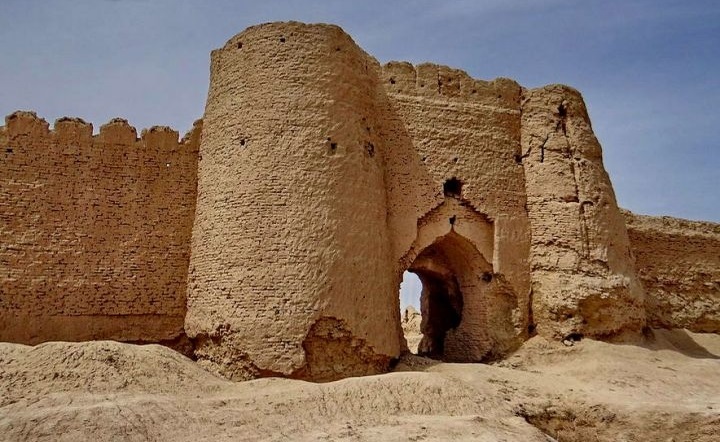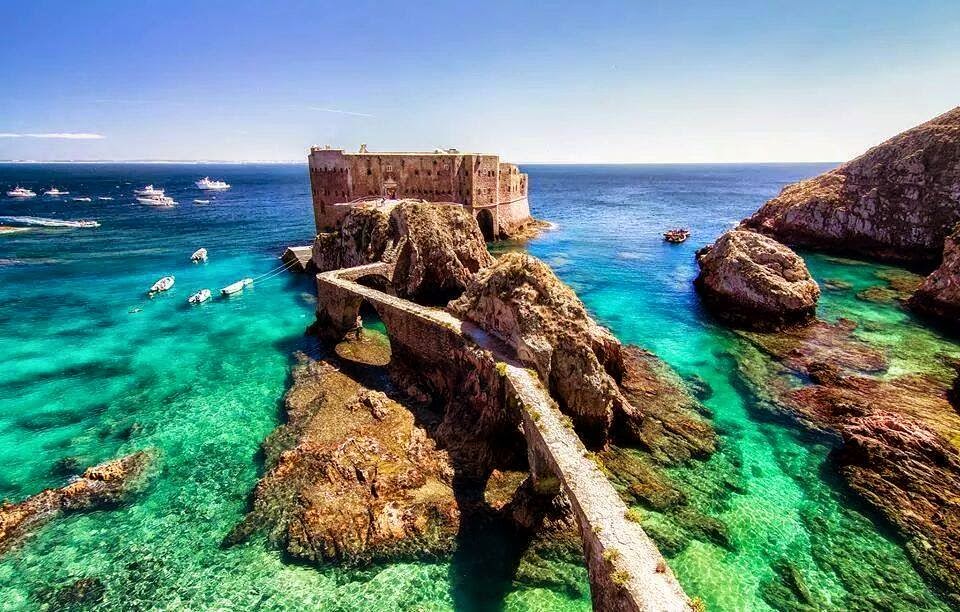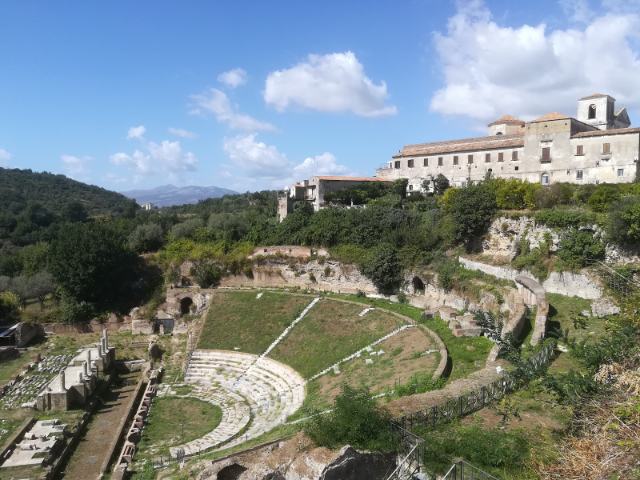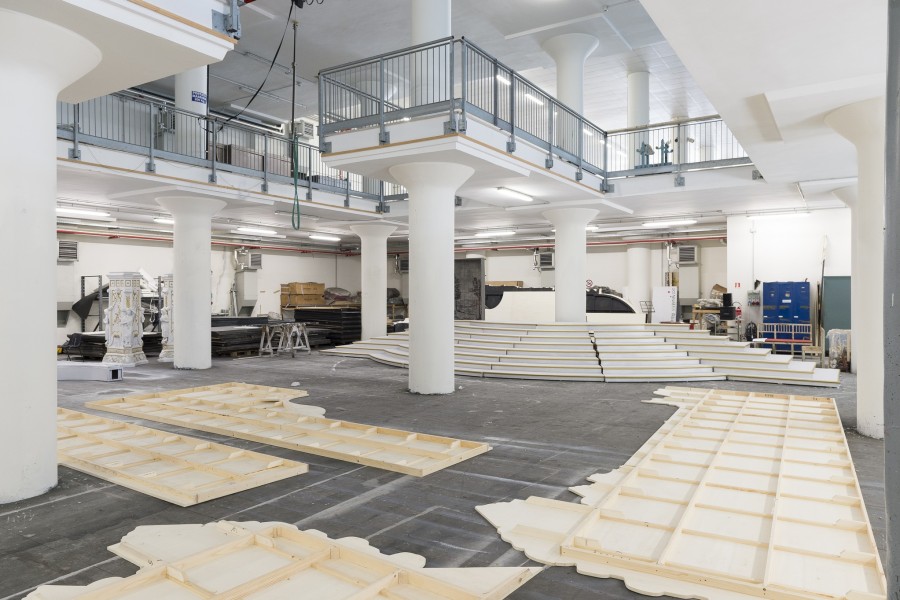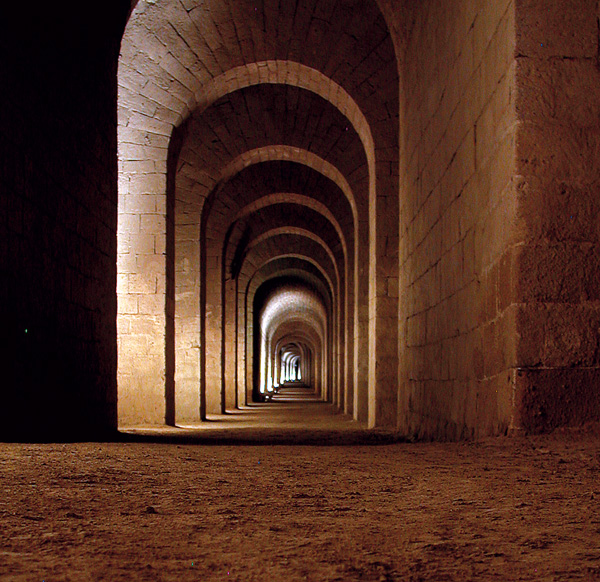It is called the Pompeii of the East, but what destroyed and preserved it was not a volcano but the sands of the salty desert of Lut. Shahr-i Sokhta, in the heights of Baluchistan, in Iran, is a still image of history.
Shahr-e Sukhte the "Burnt City" is an archaeological site dating back to the Bronze Age. It is an urban settlement attributable to the Jiroft Culture.
The site is the subject of an international multidisciplinary Archaeological Project launched in 2016 by the Department of Cultural Heritage of the University of Salento, which is funding it with the Ministry of Foreign Affairs and private entities. The mission works jointly Mansur Sajjadi for the Iranian Center for Archaeological Research (who have been excavating in Shahr-i Sokhta since 1997).
Founded around the second half of the fourth millennium B.C. in the area of Sistan, not far from the borders with Pakistan and Afghanistan, collapsed around the second millennium B.C. for causes still unknown and on the UNESCO list for its "universal value", Shahr-i Sokhta was a flourishing centre of trade and agriculture, located between four great river civilisations: Oxus, Indus, Tigris-Euphrates and Halil. The site covers an area of 151 ha and represents one of the oldest and largest cities in the world. The saline concretions have sealed artifacts and structures, giving archaeologists entire slices of life. We know that one of the most profitable activities in this city was the trade of turquoise and beautiful lapis lazuli. The buildings were up to two meters high, enriched with wall decorations that, however, did not represent figures, but geometric patterns. The same for jars, doors or seals: no divinity, probably because without an elite in command there was no need to convey propaganda messages. They certainly loved luxury: they covered the floors with mats and used many pearls.
